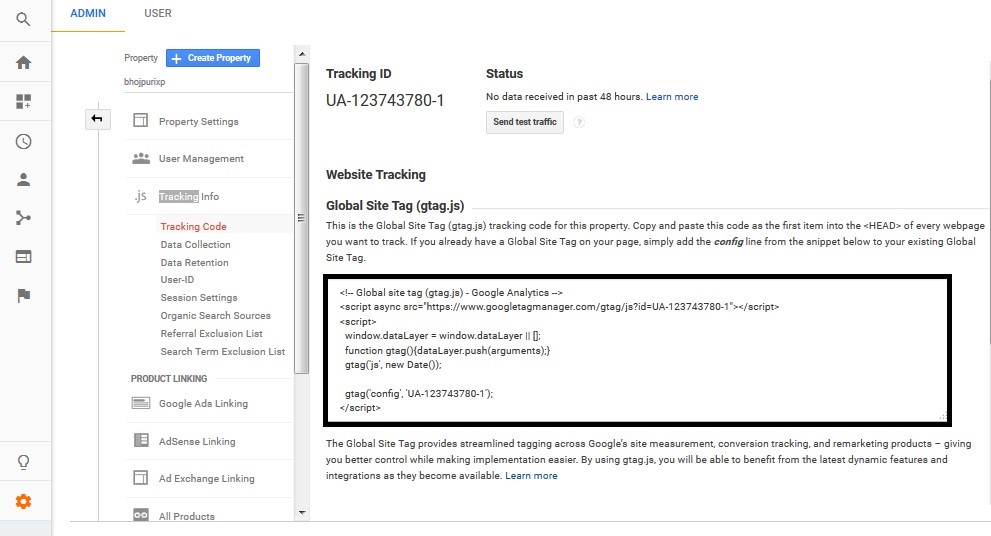Advisers put in a lot of effort in building their websites, which is the face of their business. Besides catering to existing clients, your website helps prospects to know you better.
Many advisers have been using social media tools like Twitter, Facebook, blogs and newsletters to reach out to prospects. The aim is to get prospects to visit your website through social media posts and mailers for faster client conversion. But how do you measure the efficacy of your campaigns? For instance, the number of visitors on your website, time spent on the site, which sections do they visit frequently, and which medium is helping you get traffic (Twitter, Facebook, You Tube, Blogs, Newsletters)?
Here’s where Google Analytics helps. It is a freemium (some features are chargeable) product which are used by many small and mid-sized businesses to measure how people engage with their business online via your website, app and other online mediums.
Getting started on Google Analytics
Create your account using your Gmail credentials.
After logging in, you need to add a unique tracking code provided by Google Analytics to your website or app. To add this tracking code to your site, open admin page in analytics. In the property column, open tracking info and click tracking code. Copy and paste the snippet right before the closing head tag on each webpage you want to track.
Here is the snapshot of the page where you will find the Tracking ID:

Set goals
After placing your tracking code, define your business goals. Goal could be making a purchase, sales, lead generation, newsletter registration, viewing a specific page, or downloading a particular file on your site/app. Having properly configured goals allows Analytics to provide you with critical information, such as the number of conversions and the conversion rate for your site or app. You can assign a maximum of 20 goals from your admin page.
Measuring traffic
The starting point is to measure the traffic coming on your website. You can view traffic on ‘All Website Data’ over a range of period like one day, past week, one month, etc. You can increase traffic on your website through blogging and using social media sites like Twitter, Facebook, LinkedIn and You Tube to redirect prospects to your site.
Analyzing data
To find out where your prospects are coming from click on acquisitions, then overview. This will show the percentage of people coming from different channels like social media, newsletters, google search and referrals (sites that “referred” visitors to your site). If you post on social networks or publish blog posts that link to your site/app, you can see how many people are clicking over from these posts to your site.
This data will help you channelize your effort in the right direction. For instance, if you notice that you are getting more traffic from Twitter as compared to Facebook, then you should focus more on Twitter. Having said that, try to tweak your headline or the message on Facebook to see if you can boost traffic from Facebook.
Google Analytics also helps you track the number of people visiting your site, their geographic location, the keywords and sites that referred them, which pages they are viewing the most on your site. If ‘About Us’ section is getting more hits, then you should make sure you have the profiles of team updated.
Diagnostics
This feature makes periodic evaluation of your Analytics implementation. The bell sign provides notification on where you can make improvements and where are critical flaws in your implementation. For each discovery it makes, Diagnostics recommends a solution to potential or existing problems.
Use what is necessary
Terms like unique visitors, bounce rate can be tough to understand for non-techies. But don’t be overwhelmed. The more complex parts are used by e-commerce firms. The metrics which could be important for you would be number of visitors, page views, website ranking, and source of visitors. You will learn the platform as you use it. As a beginner, use tools which are relevant for you.